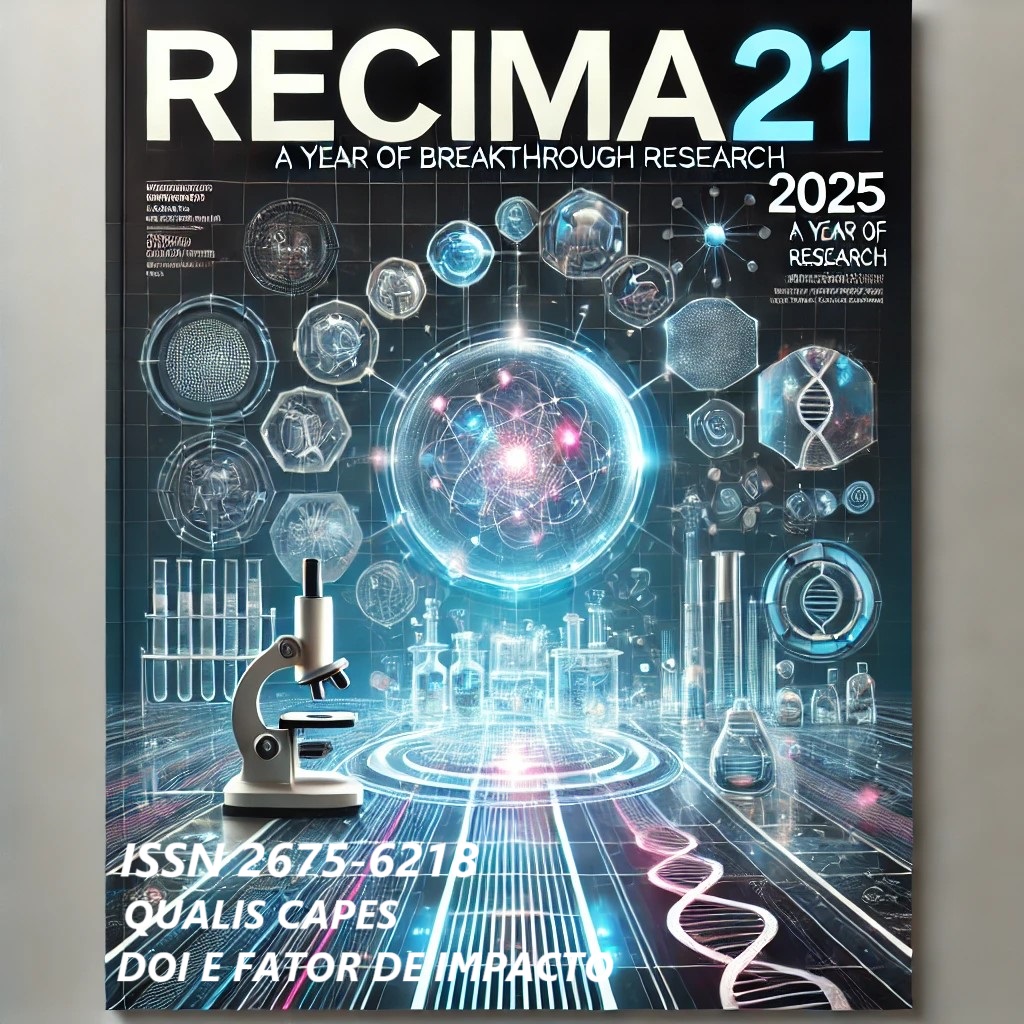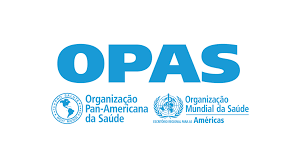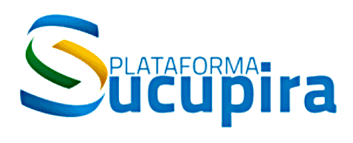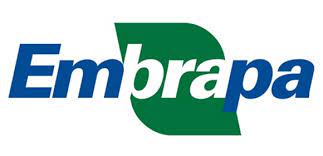COMPARACIÓN DEL PERFIL QUÍMICO DE DECOCCIONES DE ORÉGANO (Origanum vulgare) PREPARADAS EN DIFERENTES TIEMPOS DE EXTRACCIÓN A PARTIR DE MUESTRAS SECADAS AL HORNO Y EN CONDICIONES NATURALES
DOI:
https://doi.org/10.47820/recima21.v6i6.6534Palabras clave:
Origanum vulgarum. ESI-MS. Perfil químico.Resumen
Además de sus propiedades alimentarias y aromáticas, algunas especias también contienen sustancias bioactivas. La mayoría de estas especias se comercializan deshidratadas para aumentar su vida útil y reducir los costes de almacenamiento y transporte. Sin embargo, hay que tener cuidado de que el proceso de deshidratación no provoque alteraciones del perfil químico que afecten a sus propiedades farmacológicas. Teniendo en cuenta el uso generalizado de hojas de orégano deshidratadas en la preparación de tés, este estudio investigó si el método de secado y el tiempo de decocción durante la extracción podían alterar el perfil químico de los extractos. Las muestras de orégano se secaron en condiciones ambientales y en un horno a 40oC. A partir de cada uno de los materiales deshidratados, se prepararon extractos acuosos por decocción, variando el tiempo de calentamiento. A continuación, las decocciones se analizaron mediante espectrometría de masas por ionización de electrospray (ESI-MS) en modo positivo y negativo. Se observó que la aplicación de diferentes métodos de secado dio lugar a muestras con perfiles químicos diferentes, mientras que la variación del tiempo de extracción para las muestras obtenidas utilizando el mismo método de secado no dio lugar a variaciones significativas. En los espectros obtenidos de las hojas secadas en condiciones ambientales, las señales más intensas encontradas corresponden al ácido rosmarínico (m/z=359), que tiene propiedades farmacológicas, y ácido aristolóquico (m/z= 381) que tiene propiedades tóxicas.
Descargas
Referencias
BENALI, T.; BAKRIM, S.; GHCHIME, R.; BENKHAIRA, N.; EL OMARI, N.; BALAHBIB, A.; BOUYAHYA, A. Pharmacological insights into the multifaceted biological properties of quinic acid. Biotechnology and Genetic Engineering Reviews, v.40, n.4, p.3408-34371, 2024. DOI: https://doi.org/10.1080/02648725.2022.2122303
DUBOIS M.; BAILLY, F.; MBEMBA, G.; MOUSCADET, J. F.; DEBYSER, Z.; WITVROUW, M.; COTELLE, P. REACTION of rosmarinic acid with nitrite ions in acidic conditions: discovery of nitro- and dinitrorosmarinic acids as new anti-HIV-1 agents. J Med Chem., v. 51, n. 8, p. 2575-9, 24 Apr. 2008. DOI: https://doi.org/10.1021/jm7011134
FARIA, B.; BISPO, C.; CORDEIRO, M.; BALTAZAR, A. Ácido aristolóquico - nefropatia e o cancro. Acta Portuguesa de Nutrição, v. 24, p. 70-5, 2021. DOI: https://doi.org/10.21011/apn.2021.2413
GREVSEN, K.; FRETTÉ, X. C.; CHRISTENSEN, L. P. Content and composition of volatile terpenes, flavonoids and phenolic acids in Greek oregano (Origanum vulgare L. ssp. hirtum) at different development stages during cultivation in cool temperate climate. Europ. J. Hort. Sci., v. 74, n. 5, S. 193–203, 2009. DOI: https://doi.org/10.1079/ejhs.2009/1182840
HUANG, S. S.; ZHENG, R. L. Rosmarinic acid inhibits angiogenesis and its mechanism of action in vitro. Cancer Lett., v. 239, n. 2, p. 271-280, 2006. DOI: https://doi.org/10.1016/j.canlet.2005.08.025
KHALEEL, C.; NURHAYAT, T.; BUCHBAUER, G. α-Terpineol, a natural monoterpene:A review of its biological properties. Open Chemistry, v. 16, n. 1, p.349-361, 2018. DOI: https://doi.org/10.1515/chem-2018-0040
KIKUZAKI, H.; AKATANI, N. N. Structure of a new anti-oxidative phenolic acid from oregano (Origanum vulgare L.). Agric. Biol. Chem., v. 53, p. 519–524, 1989. DOI: https://doi.org/10.1271/bbb1961.53.519
KLIMIENĖ, A.; KLIMAS, R.; SHUTAVA, H.; RAZMUVIENĖ, L. Dependence of the concentration of bioactive compounds in Origanum vulgare on Chemical Properties of the Soil. Plants, v. 10, p. 750, 2021. DOI: https://doi.org/10.3390/plants10040750
KOŞAK, C. B. M. R.; GÖGER, F. In vitro antioxidant properties and phenolic composition of Phenolic compounds prevent amyloid B protein oligomerization and synaptic dysfunction by site-specific binding Salvia virgata Jacq. from Turkey. J. Agric. Food Chem., v. 56, n. 7, p. 2369-2374, 2008. DOI: https://doi.org/10.1021/jf073516b
LORENZI, H.; MATOS, F. J. A. Plantas medicinais no Brasil: nativas e exóticas cultivadas. Nova Odessa, SP: Editora Plantarum, 2021. 576 p.
MORENO S.; SCHEYER T.; ROMANO C. Antioxidant and antimicrobial activities of rosemary extracts linked to their polyphenol composition. Free Radic. Res, v. 40, p. 223-231, 2006. DOI: https://doi.org/10.1080/10715760500473834
ONO, K.; LI, L.; TAKAMURA, Y.; YOSHIIKE, Y.; ZHU, L.; HAN, F.; MAO, X.; IKEDA, T.; TAKASAKI, J.; NISHIJO, H.; TAKASHIMA, A.; TEPLOW, D. B.; ZAGORSKI, M. G.; YAMADA, M. Phenolic compounds prevent amyloid β-protein oligomerization and synaptic dysfunction by site-specific binding. J Biol Chem., v. 287, n. 18, p. 14631-43, 27 apr. 2012. DOI: https://doi.org/10.1074/jbc.M111.325456
OSAKABE, T. Y, N.; YASUDA, A.; NATSUME, M. Rosmarinic acid inhibits epidermal inflammatory responses: anticarcinogenic effect of Perilla frutescens extract in the murine two-stage skin model. Carcinogenesis, v. 25, n. 4, p.549-557, 2004. DOI: https://doi.org/10.1093/carcin/bgh034
RODRIGUES, V. G. S. Cultivo, uso e manipulação de plantas medicinais. Porto Velho, RO: Embrapa, 2004. 25 p.
SIRAJUDEEN, F; MALHAB, L. J. B.; BUSTANJI, Y. Exploring the Potential of Rosemary Derived Compounds (Rosmarinic and Carnosic Acids) as Cancer Therapeutics: Current Knowledge and Future Perspectives. Biomol Ther., v. 32, n. 1, p. 38-55, 2024. DOI: https://doi.org/10.4062/biomolther.2023.054
SKOUFOGIANNI, F.; SOLOMOU, A. D.; DANALATOS, N. G. Ecology, Cultivation and Utilization of the Aromatic Greek Oregano (Origanum vulgare L.): A Review. Not Bot Horti Agrobo, v. 47, n. 3, p. 545-552, 2019. DOI: https://doi.org/10.15835/nbha47311296
SOLTANI, S.; SHAKERI, A.; IRANSHAHI, M. Review of the Phytochemistry and Antimicrobial Properties of Origanum vulgare L. and Subspecies. Iranian Journal of Pharmaceutical Research., v. 20, n. 2, p. 268-285, 2021.
SULAIMAN, G. M.; MESSAOUDI, S.; MOHAMMED, H. A.; KHAN, F. A.; EMWAS, A. H.; ELRAOUF, M. A.; EL-GHALY, EL-S.M.; ALMAHMOUD, A. S.; AROUA, L.. M.; RAGAB, E. A. Thymoquinol-2-O-β-D-glucopyranoside: Isolation from Pulicaria Jaubertii, Anticancer Efficacy, and Comparative Apoptotic Markers Binding Studies with Thymoquinone and Thymoquinol. Chemistry Select., v. 10, n. 14, 2025. disponível em: https://doi.org/10.1002/slct.202500551. Acesso em: 01 maio 2025. DOI: https://doi.org/10.1002/slct.202500551
TAKANO, H.; OSAKABE, N.; SANBONGI, C.; YANAGISAWA, R.; INOUE, K.; YASUDA, A.; NATSUME, M.; BABA, S.; ICHIISHI, E.; YOSHIKAWA, T. Extract of Perilla frutescens enriched for rosmarinic acid, a polyphenolic phytochemical, inhibits seasonal allergic rhinoconjunctivitis in humans. Exp Biol Med., (Maywood). 2004. DOI: https://doi.org/10.1177/153537020422900305
TAKEDA, T. M. H.; TSUJI, M.; INAZU, M.; EGASHIRA, T. Rosmarinic acid and caffeic acid produce antidepressive-like effect in the forced swimming test in mice. Eur. J. Pharmacol., v. 449, n. 3, p. 261-267, 2002. DOI: https://doi.org/10.1016/S0014-2999(02)02037-X
ZEJLI, H.; METOUEKEL, A.; ZOUIRECH, O.; MALIKI, I.; EL-MOUSSAOUI, A.; LFITAT, A.; BOUSSERAF, F. Z.; ALMAARY, K. S.; NAFIDI, H-A.; KHALLOUKI, F.; BOURHIA, M.; TALEB, M.; ABDELLAOUI, A. Phytochemical analysis, antioxidant, anti-inflamatory, hemagglutinin and hemolytic activities of chemically characterized extracts from Origanum grossi (L.) and Thymus pallidus (L.). Plants, v. 13, p. 385, 2024. DOI: https://doi.org/10.3390/plants13030385
ZHANG J.-J.; WANG Y.-L.; FENG X.-B.; SONG X.-D.; LIU W.-B. Rosmarinic acid inhibits proliferation and induces apoptosis of hepatic stellate cells. Biol. Pharm. Bull., v. 34, n. 3, p. 343-348, 2011. DOI: https://doi.org/10.1248/bpb.34.343
Descargas
Publicado
Licencia
Derechos de autor 2025 RECIMA21 - Revista Científica Multidisciplinar - ISSN 2675-6218

Esta obra está bajo una licencia internacional Creative Commons Atribución 4.0.
Os direitos autorais dos artigos/resenhas/TCCs publicados pertecem à revista RECIMA21, e seguem o padrão Creative Commons (CC BY 4.0), permitindo a cópia ou reprodução, desde que cite a fonte e respeite os direitos dos autores e contenham menção aos mesmos nos créditos. Toda e qualquer obra publicada na revista, seu conteúdo é de responsabilidade dos autores, cabendo a RECIMA21 apenas ser o veículo de divulgação, seguindo os padrões nacionais e internacionais de publicação.













